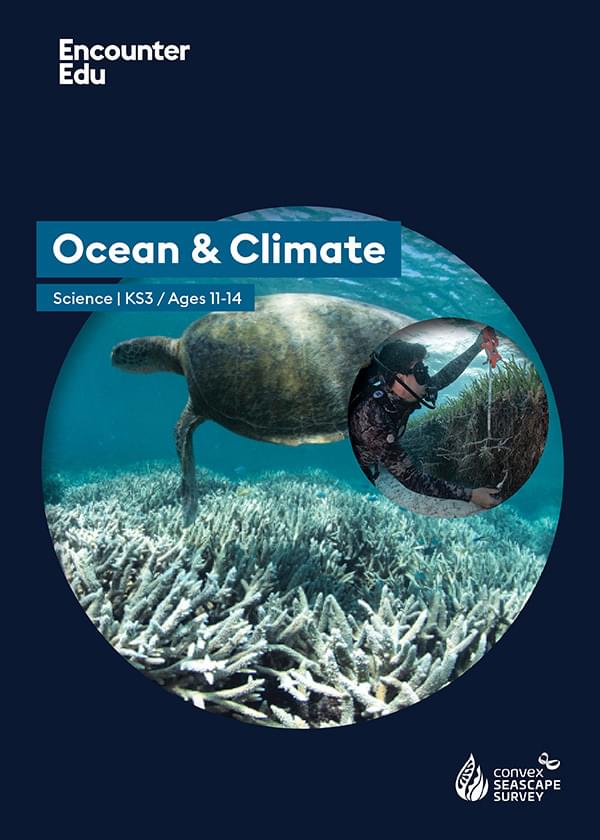All about mangroves
Part of:
Convex Seascape SurveyMangroves are a special type of tree that grows along tropical and subtropical coasts, where the land meets the sea. They are unique because they can grow in salty water and have special roots that stick up out of the mud to help them breathe.

Where are mangroves found?
Mangroves are found in over 120 countries and territories, mostly in tropical and subtropical regions. The largest areas of mangrove forests are in Indonesia, Brazil, Australia, Mexico, and Nigeria. In total, mangroves cover an area of about 150,000 square kilometres worldwide, that is bigger than the country of Greece!
Why are mangroves marvellous?
Mangroves provide many important benefits for people and nature. They protect the coast from storms and flooding by absorbing waves and slowing down water. Mangroves are also great at storing carbon, which helps fight climate change.
Mangroves and the animal kingdom
Mangrove forests are home to an incredible variety of animals, both above and below the water. Many fish, crabs, shrimp, and other sea creatures use mangroves as nurseries, where their young can grow up safely. Birds, monkeys, and even tigers can also be found living in mangrove forests!
Mangroves under threat
Despite their importance, mangroves are under threat in many parts of the world. They are often cut down to make room for development, shrimp farms, or agricultural land. Climate change, rising sea levels, and pollution also pose major threats to mangroves.
 Courtesy Blue Marine Foundation
Courtesy Blue Marine Foundation
Mangrove loss
Over the last 50 years, we’ve lost about 50% of the world’s mangroves. This loss is happening rapidly. Scientists estimate that we lose an area of mangroves the size of a football field every 30 minutes! Some countries, like Indonesia and Mexico, have lost over 50% of their mangroves in the last few decades.
Global restoration efforts
Many countries and organisations are working to restore lost mangroves and protect the ones we still have. In Indonesia, the government has pledged to restore over 600,000 hectares of mangroves by 2024. In the Sundarbans of India and Bangladesh, local communities are planting mangroves to help protect against storms and sea level rise.

Science / Geography | Ages 7-11
Ocean Heroes
The Ocean Heroes unit for KS2 takes classes on a journey across different ocean habitats exploring the themes of climate change, nature, conservation, and what it takes to become an ocean hero. This unit is inspired by the work of the Convex Seascape Survey which is an international science project exploring how the ocean can be an ally in tackling climate change.
